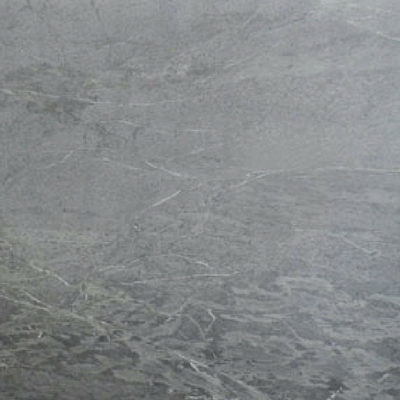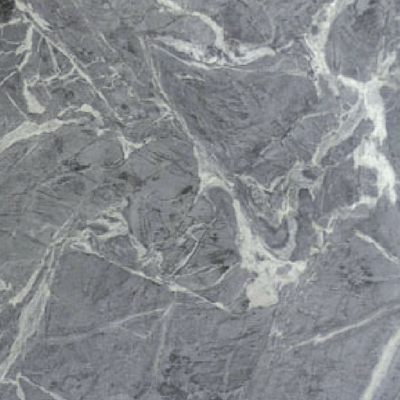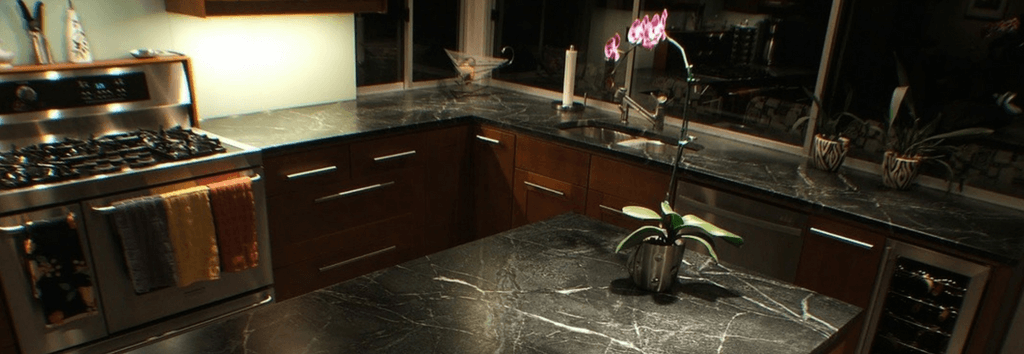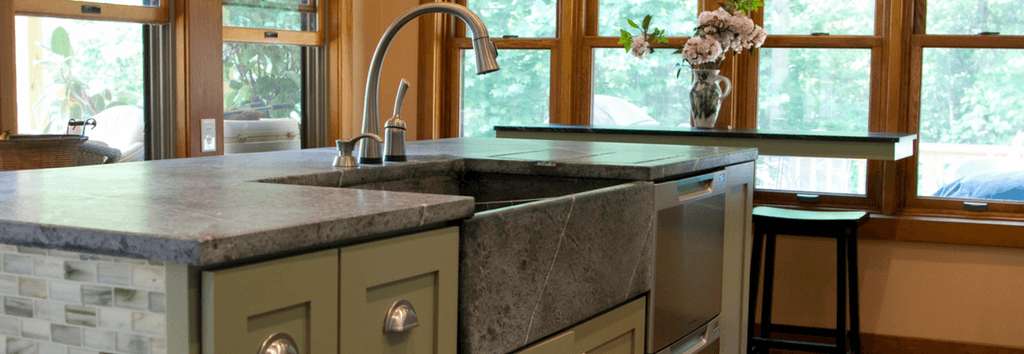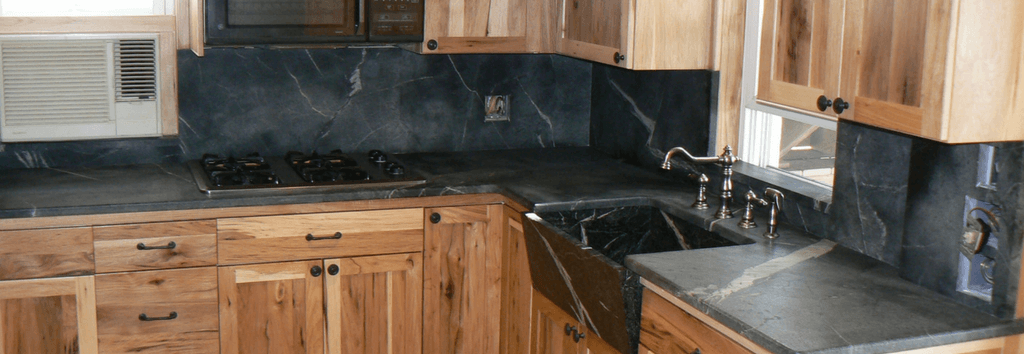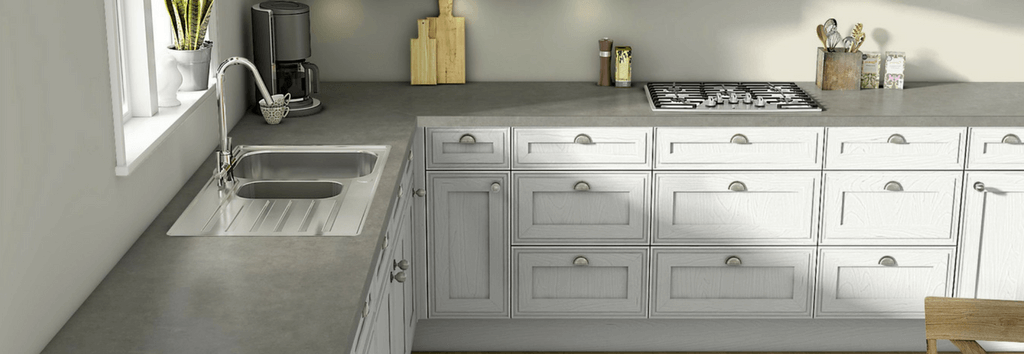Soapstone
Soapstone
About Soapstone
Soapstone has been used in a variety of applications for thousands of years. Bowls and carvings have been collected from archeology sites that were made nearly 8000 years ago. The rock steatite is one of two stones called soapstone. It is the one used in countertops, floors, fireplace surrounds, backsplashes, and sinks. Boiling stones, pots and smoking pipes have been carved from this stone for centuries. The second rock referred to as soapstone is mostly comprised of the mineral talc, earth’s softest mineral. These are used in sculptures, cosmetics such as blush and baby powder and machined parts used for their heat refractory effect. Some color options can be hues of blue, gray, green and black, fitting into architectural designs such as French country, modern, and farm house.
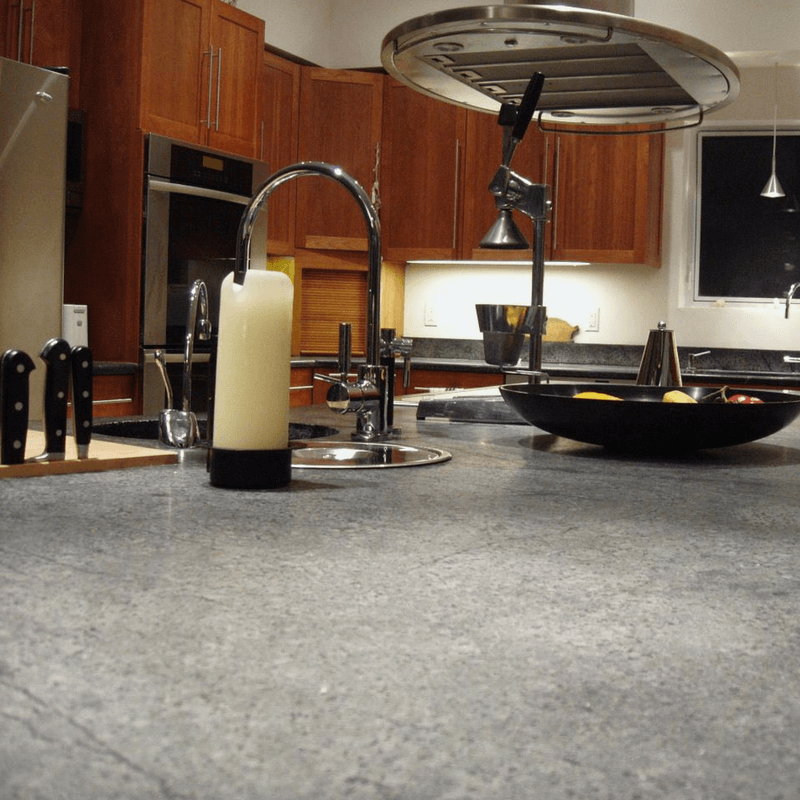
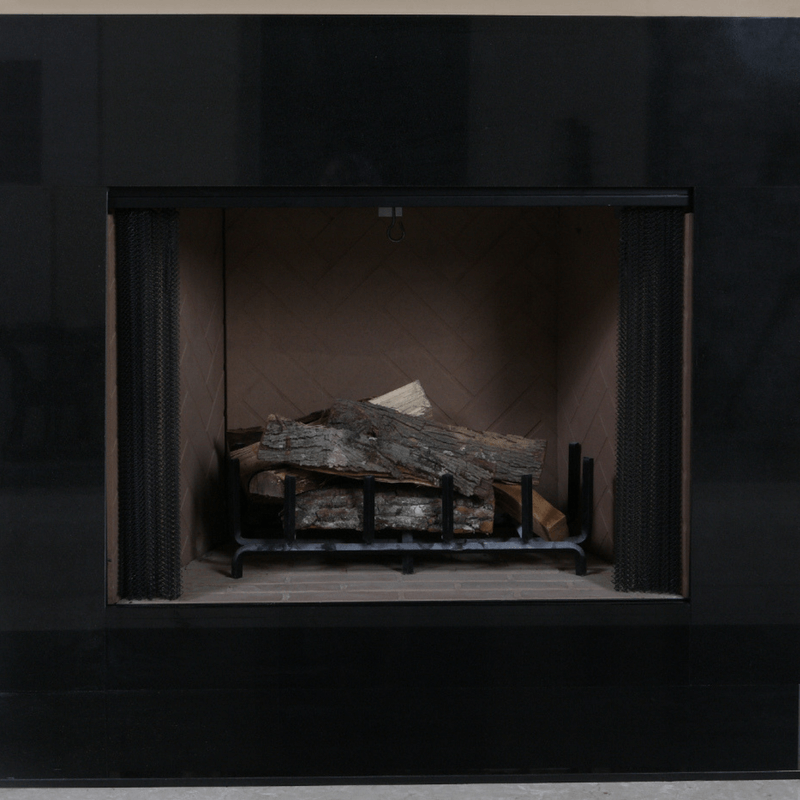
Because this material absorbs heat easily and gives off heat slowly, it has been used in fireplace surrounds and hearths for its radiant energy benefit for hundreds of years. A hearth is a lovely place to throw down your wool and boots to dry from the snow. Or rest your coffee while reading your book.
A favorite in the kitchen, this material has been used in countertops, sinks, islands and backsplashes as the material of choice. Soapstone is resistant to stains making it easy to clean with everyday household cleaners. To remove the occasional scratch, it can be sanded and treated with mineral oil, which also slows the natural darkening of the surface. There is no need to seal soapstone as it is naturally non-porous and resistant to acid and alkali staining.
Project Uses
The natural formation of soapstone through high heat and pressure to a variety of minerals gives some streaking, subtle marks and colorations lending beauty and uniqueness to countertops, islands and high backsplashes. The soapy, soft feel can be attributed to the amount of talc in the stone.
It is perfect for use with a wood stove. The stone holds in heat to keep coals afire and radiates heat slowly to warm the room steadily. This material changes temperatures very slowly, it also works well to keep things cold. Carved into small cubes, it has been used to chill libations in place of ice cubes. It is even non-conductive and has been used in electrical panel encasements.
Available Colors
